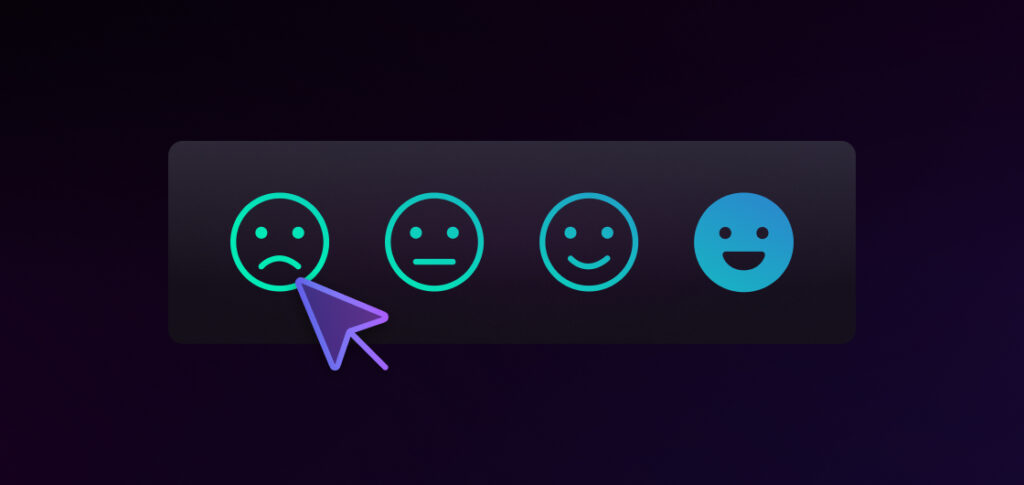
- Customer Experience
15 Bad Customer Experience Examples (and How to Fix Them)
Matt Goodman | Mar 17, 2025
Mar 17, 2025 | 12 minute read
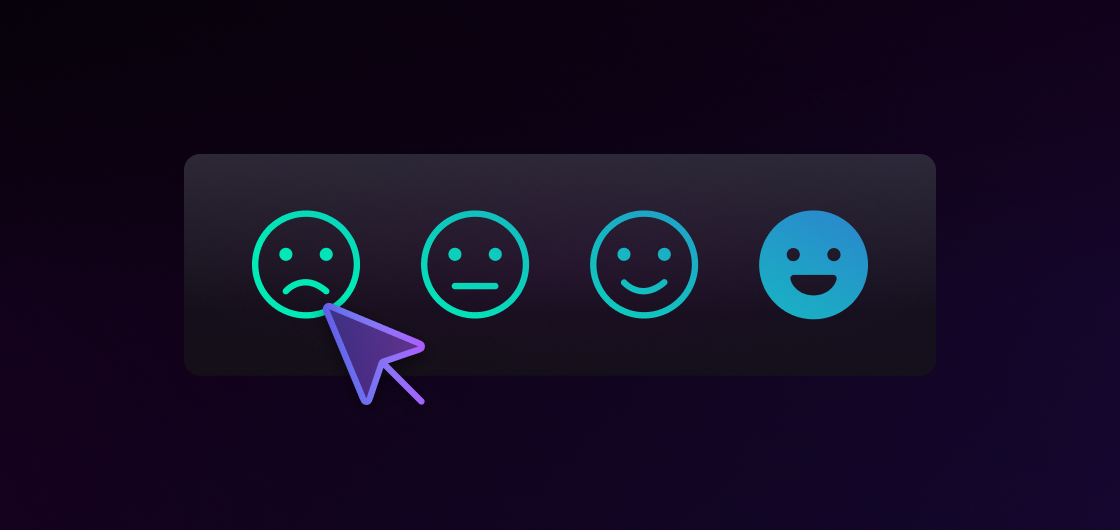
Matt Goodman
Co-founder, CEO
Negative customer experiences can severely damage brand trust and decrease customer retention, impacting your bottom line. This article explores 15 bad customer experience examples and provides practical and actionable solutions to address each one. By implementing these fixes, you can transform one-time buyers into lifelong Superfans, increase customer retention, improve advocacy, and drive sustainable growth for your business.
We all know a bad customer experience when we encounter one. It can leave you with feelings of frustration and disappointment while you search for a better alternative and tell everyone you know. To help you avoid this, we’ll cover 15 common examples of bad customer experiences—along with practical ways to fix them—so that you can have a track record of happy customers.
While often used interchangeably, customer service and customer experience aren’t the same. Customer service is about specific interactions, such as helping with a shipping problem. On the other hand, customer experience (CX) is the total of all interactions a customer has with your brand, from browsing your products to receiving their order. Bad customer service might relate to an unhelpful representative, while a bad CX could be the combination of that and a confusing website.
A poor CX can severely damage your brand reputation and drive customer churn. According to Okendo’s research, 43% of consumers say they have switched brands due to a negative CX, indicating that just one poor experience can have serious impacts. It destroys trust, lowers customer retention rates, pushes customers to competitors, and leads to negative reviews which could push away new customers. It also leads to higher customer acquisition costs (CAC) as you spend more on marketing and sales to offset losses, and decreases customer lifetime value (LTV) with customers leaving too soon.
When your CX is negative, the impact can be costly. However, fixing common problems can improve customer satisfaction, boost loyalty, increase revenue, and enhance your brand’s reputation. Here are some of the most common CX problems and how to fix them.
Customers expect quick and helpful support. Long wait times, slow responses, and ineffective interactions—whether with a human agent or an automated system—can lead to frustration, churn, and negative reviews. Moreover, a poor support experience leaves customers feeling unheard and uncared for.
A bad customer support experience tends to stick with customers. Whether it’s a human agent who isn’t listening or a chatbot that can’t handle complex issues, ineffective support can often be as frustrating as no support. Without effective and efficient support, customers may end up leaving.
Ignoring (or worse, deleting) customer feedback, whether in the form of reviews or suggestions, sends the message that you don’t care about their opinions. This can damage your reputation, increase negative publicity, and lead to customer disengagement. Ignoring or deleting negative reviews (unless they contain offensive or profane language) can backfire, further angering customers and pushing them to complain more publicly. Feedback, even if it’s negative, offers valuable insights into how you can improve.
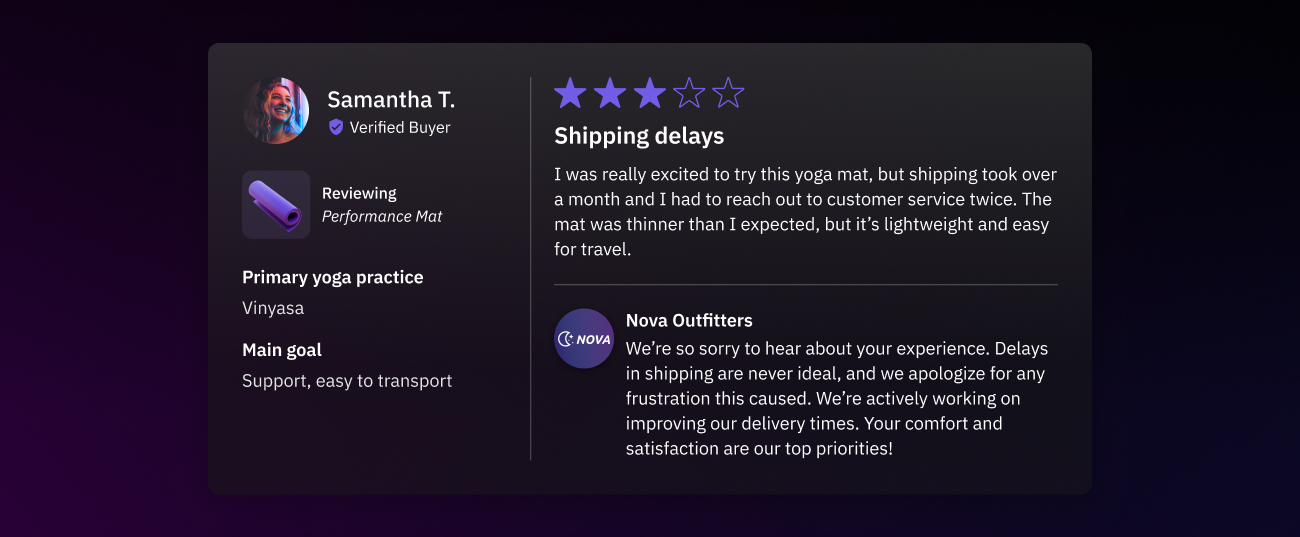
The method of over-promising and under-delivering creates a gap between customer expectations and reality. This can cause disappointment, frustration, refund requests, and negative word-of-mouth, all of which can tarnish your brand’s reputation and damage your ROI.
A confusing or overly complicated checkout process—like one that forces customers to create accounts, requires excessive information, or has slow-loading pages—can kill transactions. Customers expect an easy process, and if they’re met with unnecessary hurdles they might abandon their cart.
When customers feel like they’re just another number, they’re less likely to connect with your brand. Incorporating personalization into your CX increases trust, improves engagement, builds stronger customer relationships, and increases loyalty.
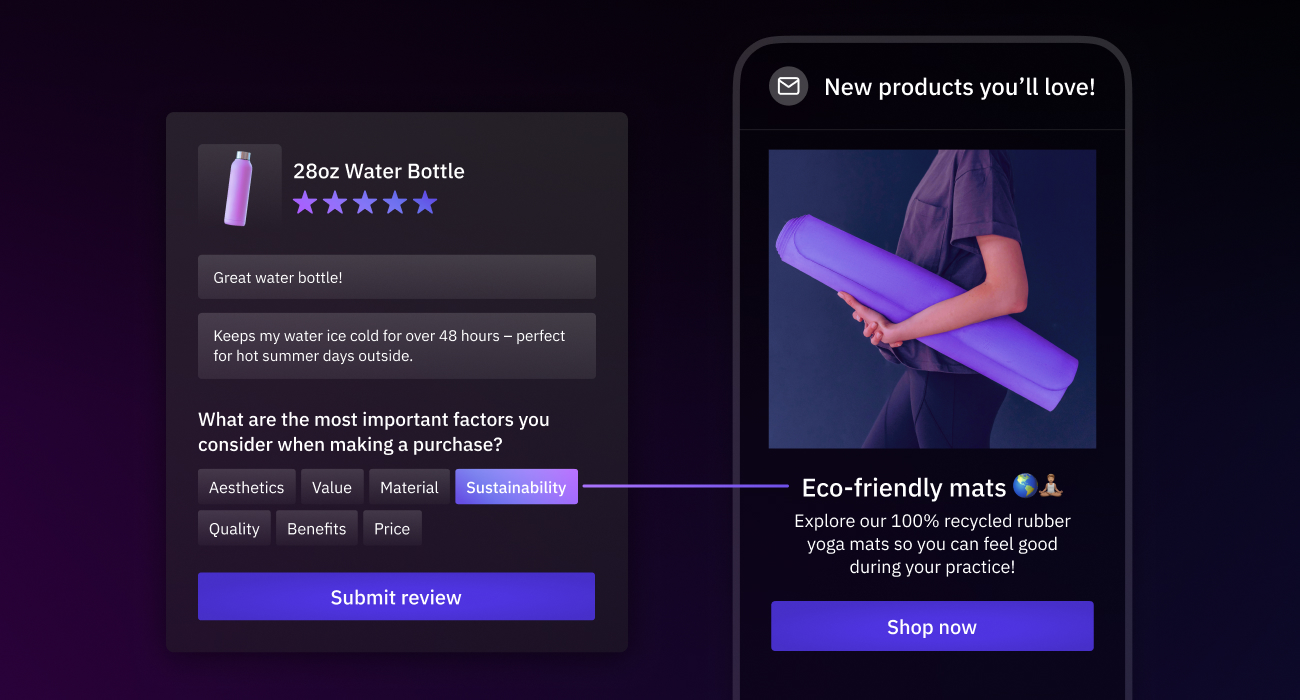
When customers can’t easily find a way to reach you, they may feel frustrated or that you’re intentionally hiding your contact information. This can lead to a loss of trust, damage your reputation, and push customers to competitors.
Difficult return policies make customers hesitant to buy. It can suggest that you don’t stand behind your product or care about customer satisfaction. When a product isn’t just right for a customer and they have to fight to return or exchange it, repeat purchases and positive reviews are less likely.
Customers need to easily find what they’re looking for and a poor user experience (UX) will quickly drive them away. A confusing or difficult-to-navigate website, whether on desktop or mobile, leads to frustrated customers and abandoned carts. Whether it’s a clunky desktop site or a slow, unresponsive mobile experience, a bad UX costs you sales.
A difficult subscription cancellation process frustrates customers, damages your reputation, and leads to lost business. Trapping customers in unwanted subscriptions through complicated cancellation procedures can lead to negative reviews, chargebacks, and higher churn.
Loyal customers want to feel valued, be recognized, and receive perks for their repeat business. If you don’t show appreciation, they might go somewhere else that does.
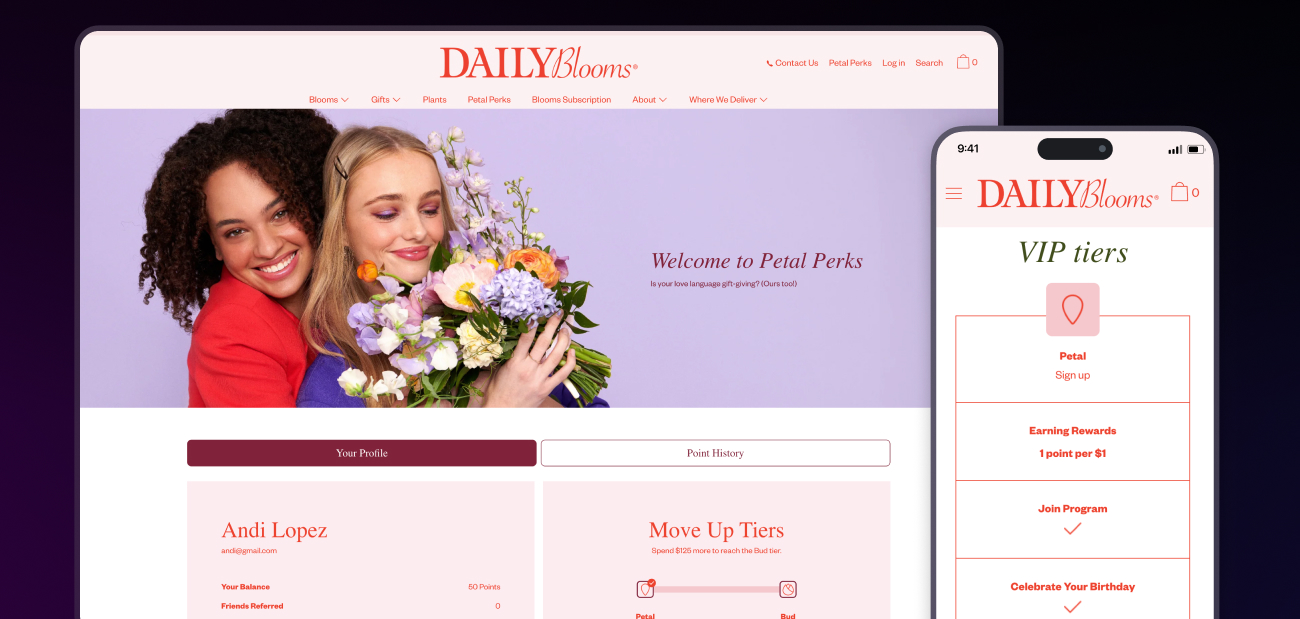
Customers shouldn’t feel forgotten after making a purchase. Ignoring them after the sale can damage their perception of your brand and even make them look for alternatives.
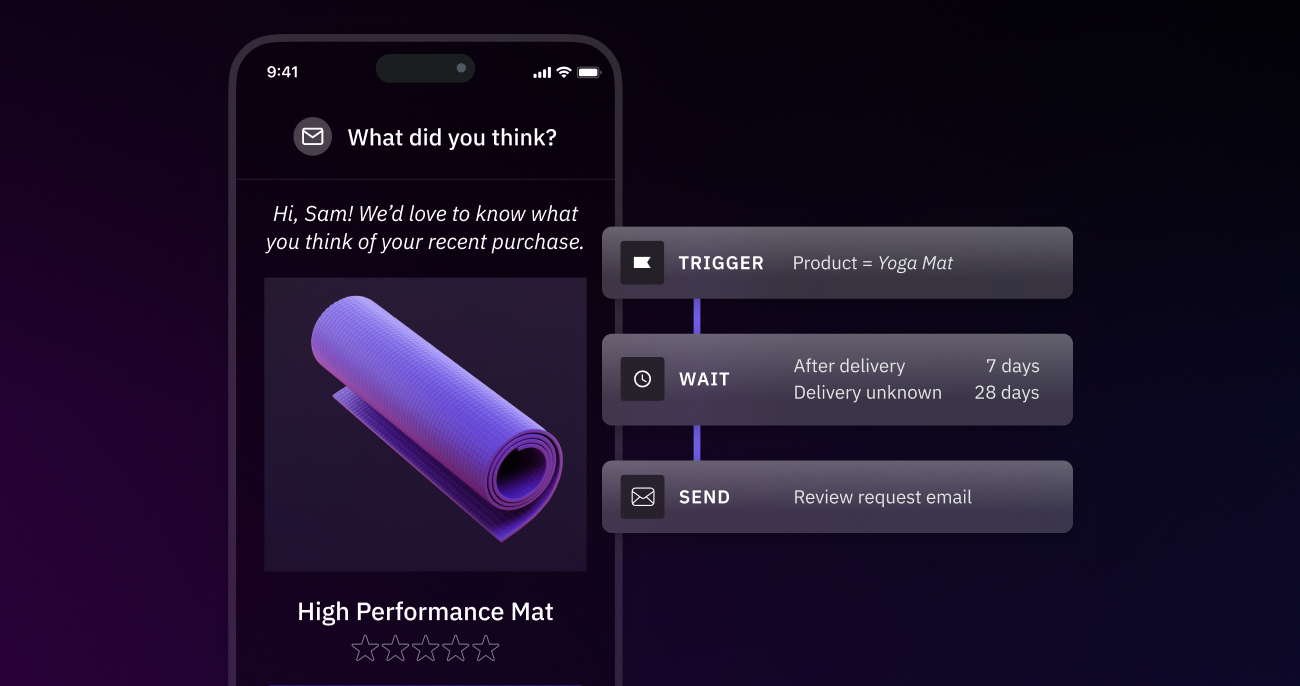
Mixed messages confuse customers, making them unsure of what you stand for. This can cause confusion and distrust.
Surprise costs increase cart abandonment. Hidden charges erode trust and create a negative perception of your brand.
Word-of-mouth marketing is incredibly powerful, but it doesn’t happen magically. Without incentives, customers are less likely to actively promote your brand, even if they love your products or services. Failing to encourage customer advocacy means missing out on a valuable and cost-effective way to reach new customers.
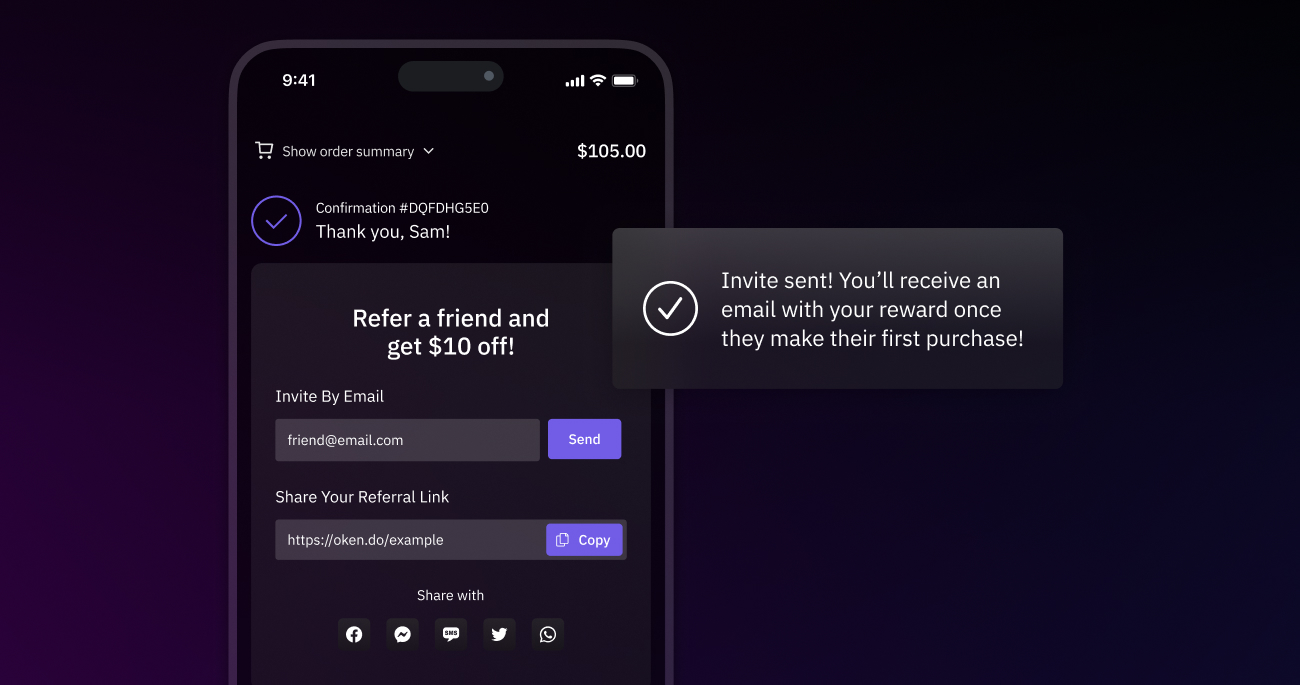
Investing in CX improvements creates lifelong Superfans who drive revenue and champion your brand. Improving CX directly impacts ROI and key metrics including increased customer retention, higher LTV, and reduced CAC. The bottom line is that happy customers stay longer, spend more, and tell their friends—creating a positive growth cycle for your brand.
Bad customer service drives customers away because it causes unnecessary frustration and doesn’t resolve their problem. It can damage your reputation through negative reviews, cause customers to leave, and may make it harder to get new ones. Good customer service is essential for growth and profitability.
Businesses can improve their CX by listening to feedback, personalizing interactions, improving customer service, simplifying processes, optimizing user experience, focusing on loyalty, and proactively addressing issues. This will make interacting with your brand a more positive experience and drive customer satisfaction, retention, and—ultimately— revenue.
A great CX is easy, fast, and meets expectations throughout the customer journey. This could include a smooth customer service interaction, an easy-to-use website, and a personalized experience.
Customer service plays a huge role in CX. It’s often the most direct interaction a customer has with a brand, so a single positive or negative interaction can significantly influence their perception of the entire company. A negative interaction may lead to customers leaving, while a positive one can create loyalty.
Okendo helps brands improve their CX by leveraging real customer insights. Through Okendo Reviews, Quizzes, and Surveys, brands can gather valuable insights, UGC, and feedback to understand customer preferences, identify pain points, and personalize experiences that drive loyalty and growth. Brands also build stronger relationships and increase revenue by turning shoppers into Superfans with Okendo Loyalty and Referrals by rewarding customers and incentivizing advocacy. Book a demo with Okendo today to start optimizing your CX.
Related articles
Ready to learn more?